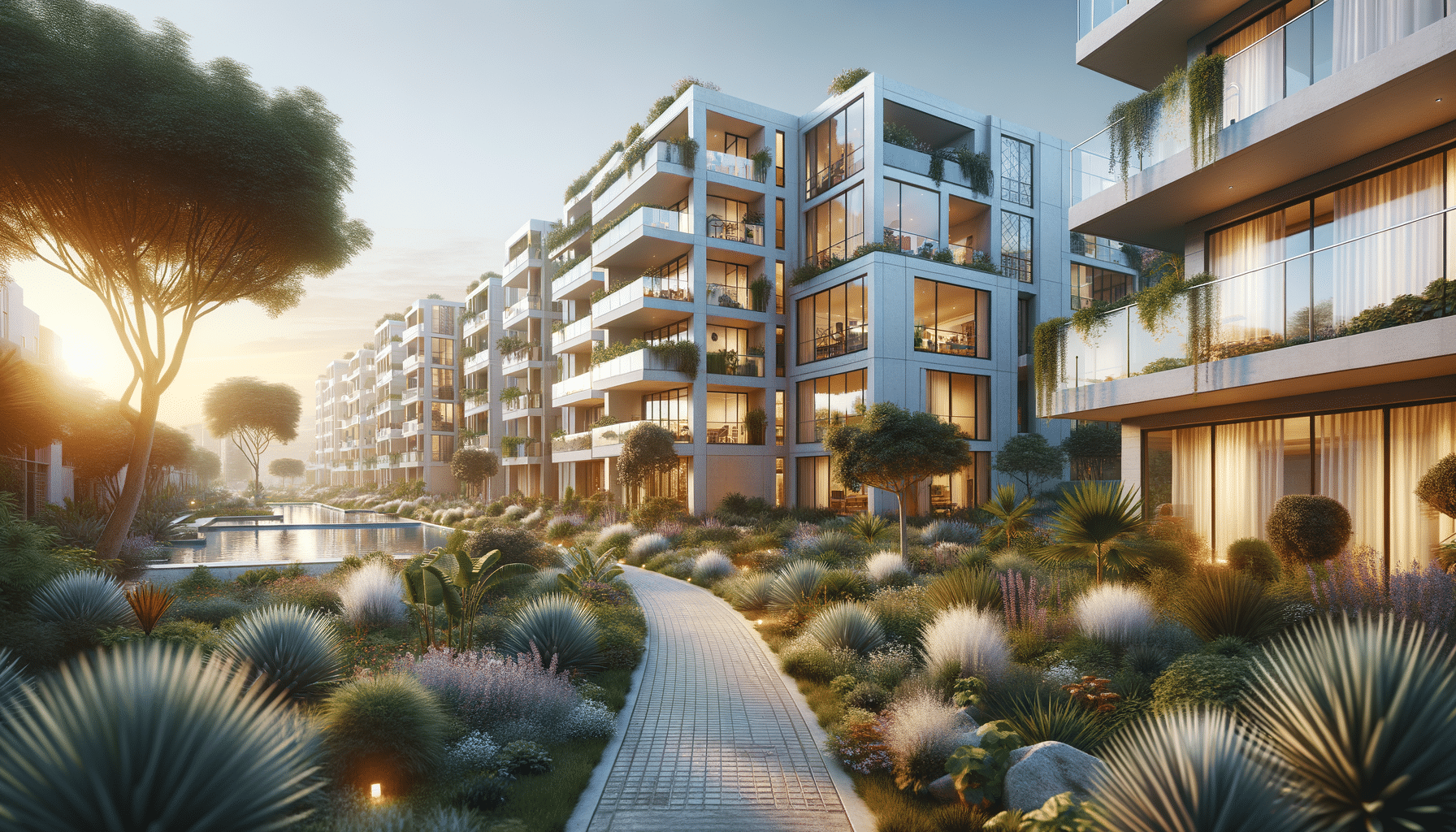
Guide to Finding the Right Kitchen Colors While Remodeling
Introduction: The Importance of Kitchen Colors
Choosing the right colors for your kitchen can significantly influence the overall ambiance and functionality of the space. The kitchen is often considered the heart of the home, a place where culinary magic happens and where family and friends gather. The colors you choose can affect mood, perception of space, and even appetite. Understanding the impact of color and how it interacts with lighting and layout is essential for creating a welcoming and efficient kitchen environment.
The Psychology of Kitchen Colors
Colors have a profound psychological impact, subtly influencing our emotions and behaviors. Warm colors like red, orange, and yellow are known to stimulate appetite and conversation, making them a popular choice for kitchens. Red, in particular, is believed to increase energy levels, which can be beneficial in a bustling kitchen environment. However, it’s essential to balance bright colors with neutral tones to avoid overwhelming the space.
Cool colors such as blue, green, and gray can create a calming and soothing atmosphere. These hues are often associated with cleanliness and freshness, ideal for a kitchen setting. Blue can suppress appetite, making it a less common choice for kitchens, but it can be balanced with warm accents for a harmonious effect.
Neutral colors like white, beige, and gray are timeless and versatile, often used as a backdrop to highlight other elements in the kitchen. They can make a space feel larger and more open while providing a clean and sophisticated look.
Choosing Colors Based on Kitchen Size and Lighting
The size of your kitchen and the amount of natural light it receives are crucial factors in selecting the appropriate colors. In smaller kitchens, lighter colors can help create the illusion of more space. Whites, pastels, and light neutrals reflect light, making the room feel larger and airier.
In contrast, larger kitchens can handle darker, more dramatic colors. Deep blues, rich greens, and even black can add depth and sophistication, especially if balanced with ample lighting and reflective surfaces. These colors can create a cozy and intimate atmosphere in a spacious kitchen.
Lighting plays a pivotal role in how colors appear. Natural light can enhance the brightness of colors, while artificial lighting might alter their tone. Consider the direction your kitchen faces and the type of lighting you use when selecting your color palette to ensure the colors look appealing throughout the day.
Trends in Kitchen Colors
Trends in kitchen colors evolve with time, reflecting broader design shifts and cultural influences. Currently, there is a growing appreciation for earthy tones and natural hues, inspired by a desire for sustainability and connection to nature. Shades like sage green, terracotta, and muted blues are gaining popularity for their calming effect and versatility.
Bold, statement-making colors are also making a comeback, with jewel tones like emerald green and deep navy offering a dramatic flair. These colors can be used as accents or focal points, such as on an island or cabinetry, to add character without overwhelming the space.
Monochromatic schemes, utilizing various shades of a single color, are also trending. This approach allows for a cohesive look that can be easily personalized with different textures and materials.
Conclusion: Creating Your Ideal Kitchen Atmosphere
In conclusion, selecting the perfect kitchen colors involves a balance of personal preference, psychological impact, and practical considerations like size and lighting. By understanding the effects of different colors and keeping current trends in mind, you can create a kitchen space that is both functional and aesthetically pleasing. Whether you prefer the timeless appeal of neutrals or the vibrant energy of bold hues, the right colors can transform your kitchen into a welcoming and inspiring environment.
Remember to consider how colors interact with each other and the existing elements in your kitchen. Test samples in different lighting conditions to ensure they achieve the desired effect. Ultimately, your kitchen should reflect your style and meet your needs, providing a space where you can cook, entertain, and enjoy daily life.


